What Happened Today, April 23rd
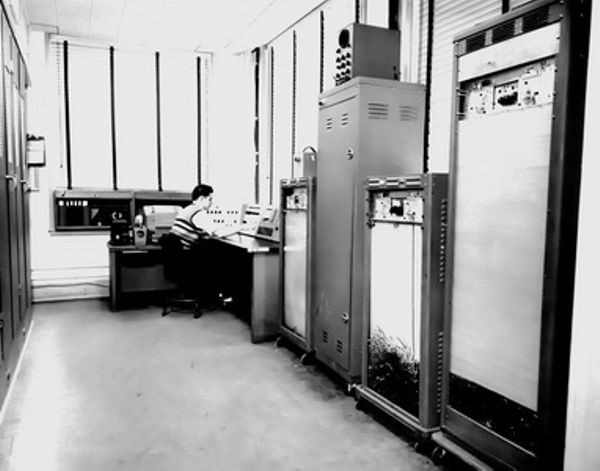
The National Bureau of Standards retires its SEAC (Standards Eastern Automatic Computer), which it built in Washington 15 years earlier as a laboratory for testing components and systems for setting computer standards. The SEAC was the first computer to use all-diode logic, a technology more reliable than vacuum tubes, and the first stored-program computer completed in the United States. Magnetic tape in the external storage units stores programming information, coded subroutines, numerical data, and output.
What Happened This Week
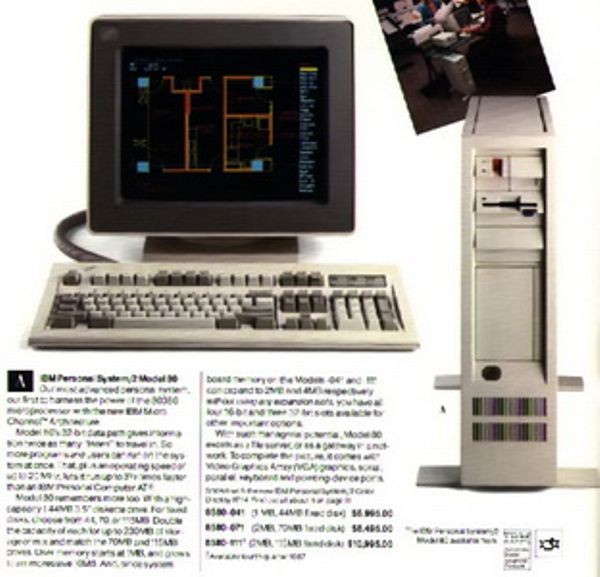
Tandy Corp. holds a press conference in New York to announce its plans to build clones of IBM's PS/2 system computers. The conference comes on the heels of IBM's announcement that it would license patents on key PC technologies, a move that signaled its willingness to let other companies clone its machines. Within five years, IBM clones became more popular than original IBM machines themselves.
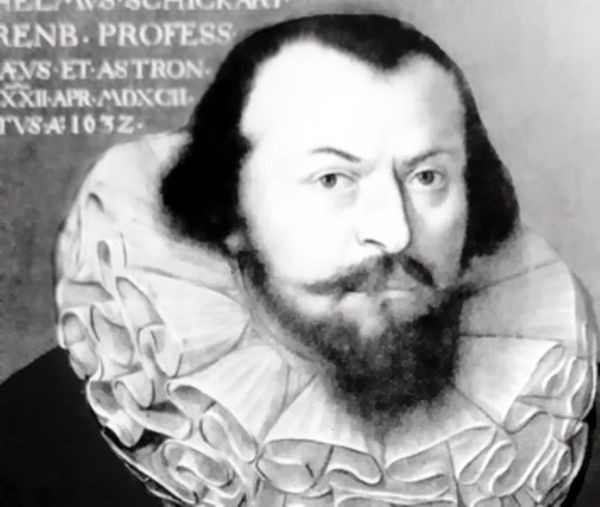
Wilhelm Schickard, creator of an early calculating machine, is born in Germany. Schickard uses wooden gears to build an adding machine in 1623, called the "calculating clock," that could add and subtract up to six-digit numbers.

The National Bureau of Standards retires its SEAC (Standards Eastern Automatic Computer), which it built in Washington 15 years earlier as a laboratory for testing components and systems for setting computer standards. The SEAC was the first computer to use all-diode logic, a technology more reliable than vacuum tubes, and the first stored-program computer completed in the United States. Magnetic tape in the external storage units stores programming information, coded subroutines, numerical data, and output.
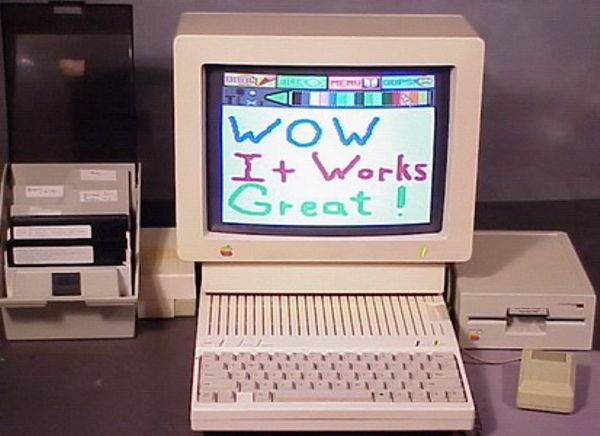
Apple Computer introduces its Apple IIc, a portable machine designed to have the same operating capacity as the standard IIe model. The machine came with 128 kilobytes of RAM and a 5 1/4-inch floppy disk drive.
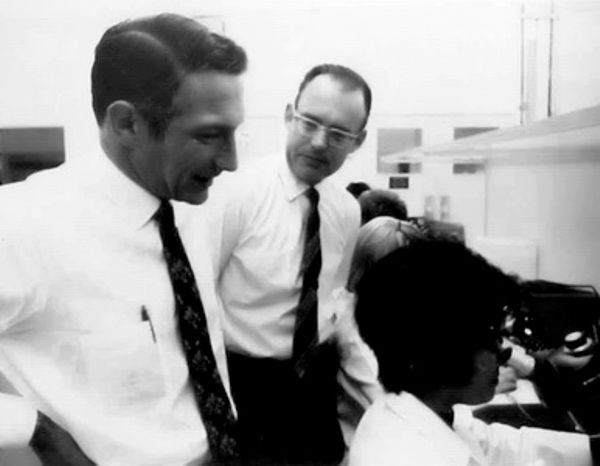
The US Patent Office issues Robert Noyce a patent for the integrated circuit, starting a long battle with Jack Kilby over who had rights to the patent. Kilby had invented a germanium version of the circuits, while Noyce developed the silicon integrated circuit -- the one that grew to be more accepted. Integrated circuits replace transistors in computers, allowing the machines to be significantly smaller.

IBM sends out an upbeat release on supercomputers and its own STRETCH (also known as the IBM 7030). "The $10-million-and-up class computers are the world's fastest and most powerful. They are similar to the STRETCH computer which IBM is now completing for the Atomic Energy Commission at Los Alamos, New Mexico. IBM will now contract with business firms and government agencies to build STRETCH type computers. They can complete 100 billion computations in a day. The new machines are seventy-five times faster than the large-scale IBM 704 computer" Serial Number 1 STRETCH is part of The Computer History Museum permanent collection.
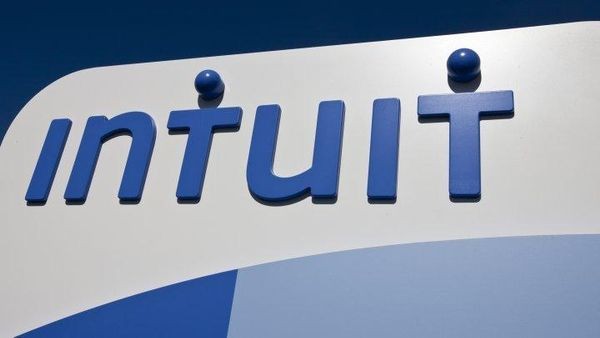
The Justice Department sues to block Microsoft Corp.'s purchase of Intuit, saying the deal could lead to higher software prices and diminish innovation. The suit is one of many in the ongoing struggle between Microsoft and the federal government over the company's domination of the software industry.


